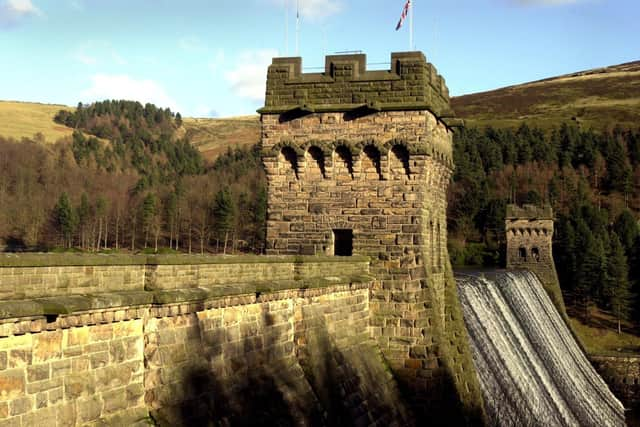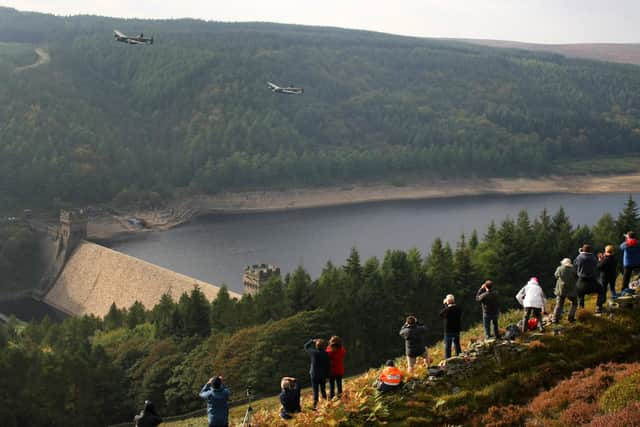Campaigners fight Peak District mega-dam project that would drown countryside and destroy iconic structures
and live on Freeview channel 276
Greenspaces fears there will be years of upheaval for 'wildlife, visitors and residents', and the loss of recreational areas used by millions of visitors, if the Severn Trent proposal goes ahead.
The water company wants to double the size of Ladybower, Derwent and Howden reservoirs due to ‘unprecedented demand’ and water lost to leaks. Two plans have been put forward: a fourth reservoir on the moors above Howden or new, higher dams downstream of the iconic structures, which would disappear as the waters rose.
Advertisement
Hide AdAdvertisement
Hide AdThe Gothic-styled gritstone dams were built between 1901 and 1945 and were made famous by the ‘Dambusters’ 617 Squadron which trained over them during World War Two.


Greenspaces’ petition states: “Whichever options are chosen, the valley’s pristine, wild landscape will be flooded and and wildlife destroyed.”
It adds: “In 2021, there were 2,537 sewage spills by Severn Trent Water into the River Derwent which flows from these reservoirs and the discharges ran for 17,695 hours. In 2020/21, Severn Trent Water lost 151,329,000,000 litres through leaking pipes.”
Severn Trent is aiming for permission by 2027, build from 2030 and finish by 2033. The firm acknowledges the development in such a sensitive landscape is likely to meet ‘notable opposition’ - but could override it using powers under the ‘Nationally Significant Infrastructure Planning’ system.
Advertisement
Hide AdAdvertisement
Hide AdA spokesman said: “With a further 12 million people expected to be living in the UK by 2050, we are working on ways to manage the increasing demand for water in the long term. We’re already delivering on plans to reduce demand, tackle burst pipes and develop new sources of drinking water, including the possible increase of water storage capacity at the Upper Derwent Valley. We have a duty to explore all possibilities, of which boosting capacity in the Upper Derwent Valley is just one.


“We are still at a very early stage in this process and will be continuing to work with all parties involved to shape these plans. This includes stakeholders and local residents, with whom we’ve already begun liaising.”